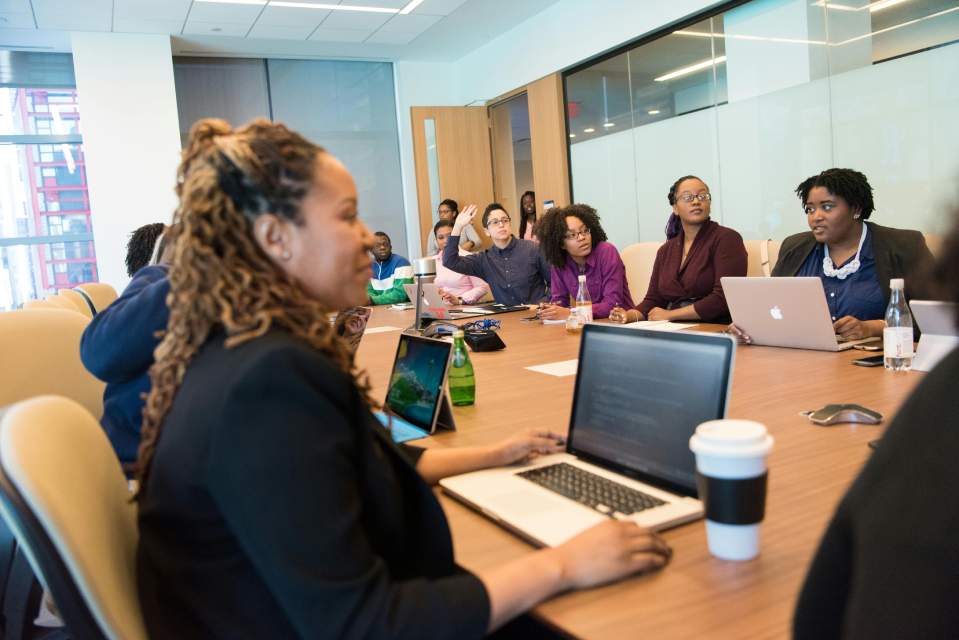Yesterday marked the one-year anniversary of the launch of Shared Parental Leave (SPL). The revolutionary policy that allows couples to share leave surrounding the arrival of a new addition to their family helps women get back into the workplace quicker and gives men the opportunity to care full-time for their new baby or adopted child in the crucial first year.
However, new research from My Family Care and the Women’s Business Council has found that just 1% of men have so far taken up the opportunity to share their partner’s parental leave, while 55% of women say they wouldn’t want to share their maternity leave. The combined survey of more than 1,000 parents and 200 HR directors found that taking up SPL was very much dependent on a person’s individual circumstances, particularly on their financial situation and the paternity pay on offer from their employer.
The main reasons why men have chosen not to take up SPL are financial affordability, lack of awareness and unwillingness from women to share their maternity leave. 80% of both men and women agreed that a decision to share leave would be dependent on their finances and their employer’s enhancement of SPL.
But while take up is still low, the research found that men are interested in taking SPL in the future, with almost two thirds (63%) of men who already have young children and are considering having more saying it was likely they would choose to take SPL.
Ben Black, Founder of My Family Care, which helps businesses introduce family friendly ways of working, says: “It is still very early days for Shared Parental Leave. While take-up is low, its introduction was a fantastic step forward when it comes to equality in the workplace; a policy that proves that women are no longer expected to be the main childcare provider, while men are no longer expected to be the main breadwinner.”
Of the 200 employers asked, the majority said that they enhanced both maternity (77%) and paternity (65%) pay. The core reasons were to be consistent with their culture of fairness and equality and to increase retention and engagement of both men and women. Those companies who haven’t enhanced SPL did so because of the potential costs involved primarily, followed by their view that they’d be better off ‘waiting and seeing’ if the opportunity proved popular.
While Shared Parental Leave was introduced, in part, to help women get back into the workplace, just over half (55%) of mothers said they wouldn’t want to share their maternity leave with their partners. But 48% of women said they wanted to have a shorter time off for career purposes. There was also the general consensus that a man taking SPL could negatively impact on his career, with 50% of men saying this and 57% of women. Only 40% of individuals say that SPL is encouraged by their employer.
So what does the future hold for Shared Parental Leave? 48% of businesses are optimistic, believing it will be normalised over time, while 45% think it will remain a minority choice. 87% of men said that they would like to take longer leave so as to be fully involved in parenting their child. However, finance forms the crux of the decision with 80% of both men and women agreeing that a decision to share leave would be dependent on their finances and employer’s enhancement of SPL.
My Family Care has created a resource pack for businesses to help them understand what SPL means to them. This is downloadable HERE.
You can download the full results of My Family Care and the Women’s Business Council’s findings HERE.









